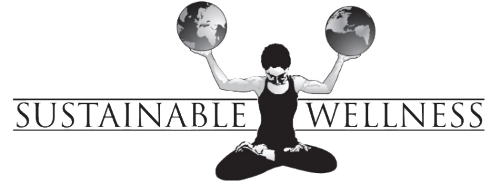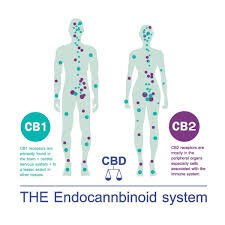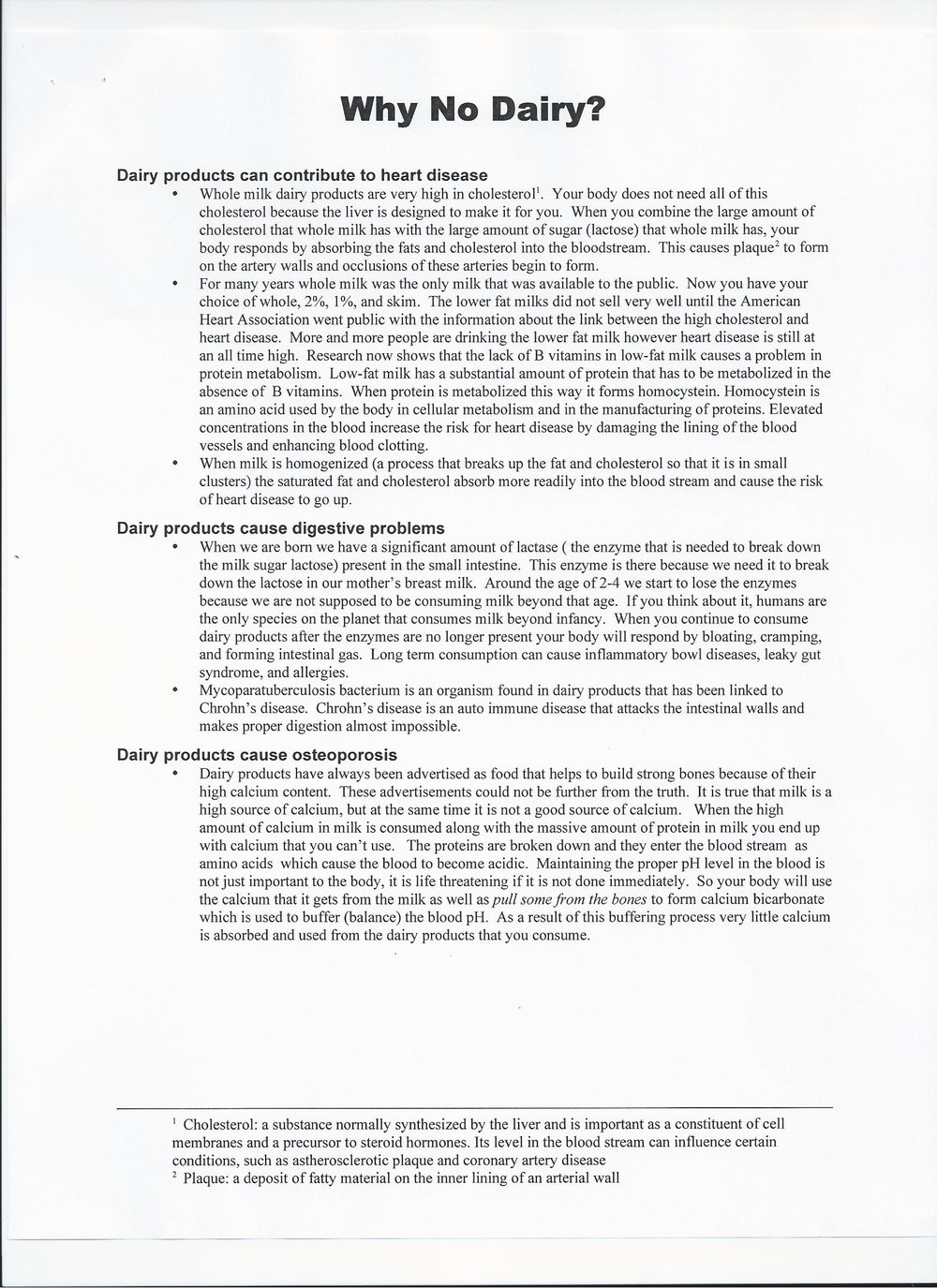Sacred Body Scrub
Congratulations!
You are about to begin a luxurious body treatment journey with this Sacred Body Scrub. A journey that prioritizes both your well being as well as the well being of Mother Earth.
With love, Sonali
Sacred Body Scrub
Transform your self-care ritual with this luxurious body scrub by Sustainable Wellness, a tribute to Mother Earth. Crafted with ethically sourced, fair-trade ingredients, this gentle exfoliator reflects a commitment to honoring the stewards that cultivate its organic components. Polishing away dull, dry skin, it reveals a radiant, silky-smooth glow while uplifting your senses with aromas and moisturizing nourishment. Rooted in a philosophy of sustainability and respect, GMO-free, this clean, cruelty-free formula offers a spa-like experience that cherishes the well-being of both you and the planet.
Benefits:
Buffs away dry skin and hair bumps
Helps to prevent moisture loss
Nourishes for silky soft smooth skin
Exfoliates
Nourishes
Smoothes
Softens
Ingredients:
Organic cane granules, organic avocado oil, organic castor oil, organic essential oils-peppermint, patchouli, cinnamon, love, & blessings
When:
Scrub after you bathe, on towel-dried skin for best results or you may apply the scrub before hopping into the shower on clean and dry skin only. Whichever works best for you.
Application Instructions:
Stir the product in the jar so the precious oils are evenly distributed. Then apply a generous dab on the skin. Quickly massage and scrub your skin using a circular motion or back and forth strokes. The fast momentum helps to exfoliate skin more effectively. This not only sloughs off dead skin, it also boosts circulation and stimulates the production of collagen in your body, a protein that helps lower wrinkles and keeps skin feeling firm.
Start at the top of your body and work down.
Be careful not to scrub too aggressively as it could damage your skin.
Focus a little more attention on the rougher parts of your body, which include your elbows, knees, ankles, and the bottoms of your feet.
Once the sugar scrub is applied, you can let it set for up to 5-10 minutes so that the oil has time to absorb into your skin. Once you are done, simply rinse the sugar away with warm/cool water and do NOT use soap since the oils from the scrub are nourishing and moisturizing to the skin. Enjoy your glowing, supple fresh skin.
For faster results: Apply the scrub 3-4 weeks in a row based on your skin type recommendations as listed below and finish the jar within 1 month or less.
Skin type:
Sensitive or oily skin: 1-2times/week
Normal skin: 3 times/week for
Dry/rough skin: 4 times/week
How was it for you? We love to hear from you!
Questions? Feedback?









